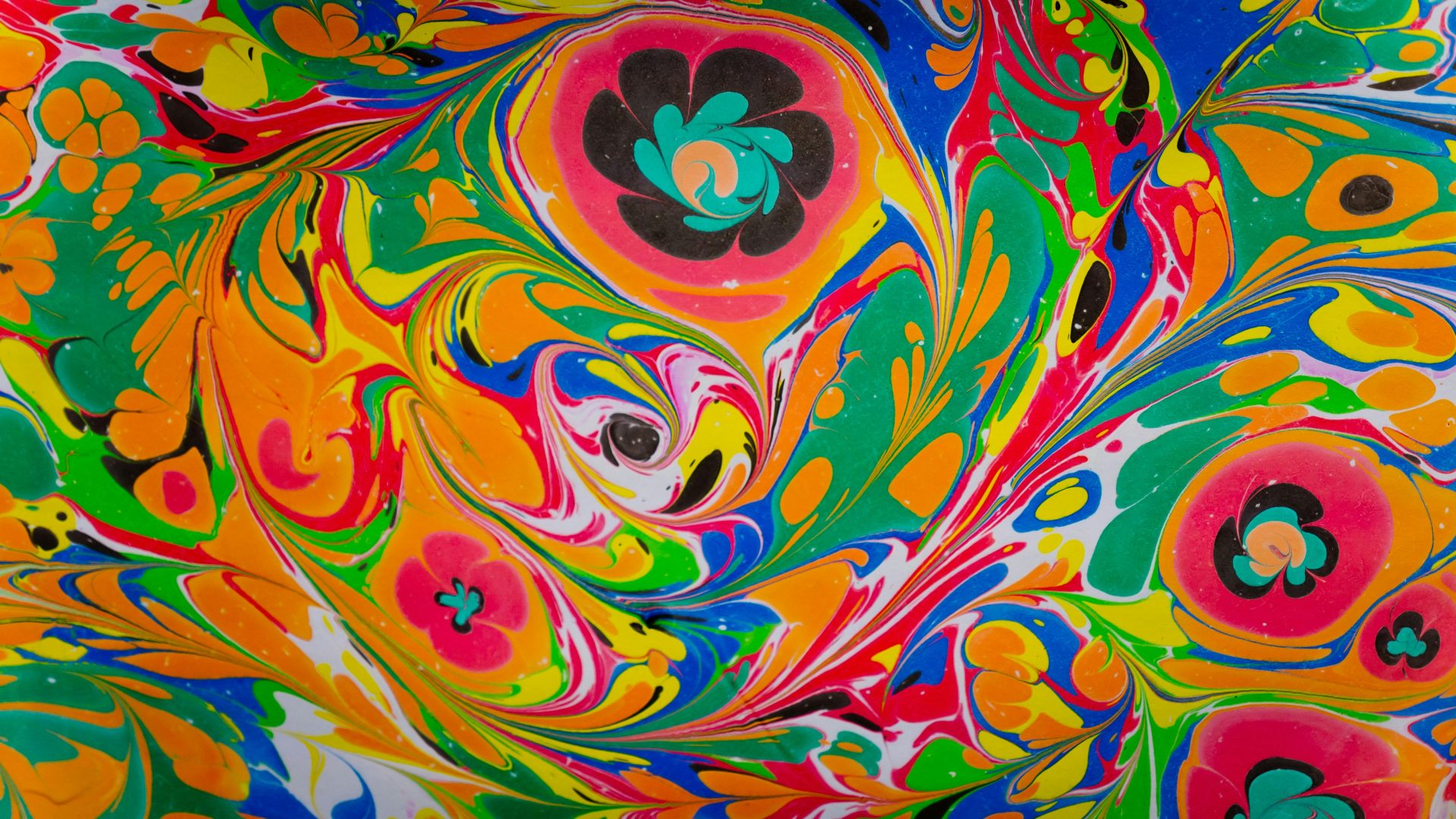Ancient Civilizations: Festivals and Celebrations

Before diving in, please note: This post is for informational purposes only. If you’d like to know more about how we approach topics, feel free to check out our friendly Disclaimer Page.
Hey there, amazing readers! 🖐️ Just a quick note: yes, we know there are a lot of ads here. Trust us, we get it—it’s not the prettiest look, but they help us keep this blog alive and kicking. Those pesky little ads cover the costs of all the behind-the-scenes magic, from hosting and tech stuff to creating content we hope you’ll love.
We’re committed to delivering quality posts, and your support (even just sticking around despite the ads) means everything to us. So, bear with us, and thanks for helping us keep the good vibes rolling. Now, on to the fun stuff! 😉
TRANSLATE BUTTON AT THE END OF THE ARTICLE
Introduction to Ancient Civilizations Festivals
Ancient civilizations around the world held a deep reverence for their deities and heroes, and one way they expressed this devotion was through festivals and celebrations.
These events were not only religious but also cultural, serving as a way for communities to come together, bond, and honor their shared traditions.
From Mesopotamia to China, from Egypt to Greece, each civilization had its unique set of festivals that reflected its beliefs, values, and way of life.
Festivals in ancient civilizations were often grand spectacles, marked by elaborate rituals, processions, feasting, and offerings to the gods.
These celebrations were not only a time for religious worship but also for socializing, trading, and showcasing art and culture.
As we delve into the festivals of various ancient civilizations, we gain insight into the beliefs, practices, and customs that defined these societies and shaped their identities.
Mesopotamian Festivals and Celebrations
In ancient Mesopotamia, festivals played a crucial role in religious and social life.
One of the most significant festivals was the Akitu Festival, held in honor of the god Marduk.
This twelve-day celebration marked the Babylonian New Year and included rituals, processions, and the reenactment of the creation myth.
Another important festival was the Zagmuk Festival, which commemorated the victory of the god Marduk over the forces of chaos.
During these festivals, the Mesopotamians believed that the boundaries between the human and divine worlds were blurred, allowing for direct communication with the gods.
People would make offerings, perform sacred dances, and recite hymns to ensure the favor of the deities.
Festivals also served as a way to reinforce social hierarchies, with the ruling elite participating in elaborate ceremonies to demonstrate their power and authority.
Egyptian Festivals: Religious and Cultural
Ancient Egypt was home to a rich tapestry of festivals that blended religious devotion with cultural expression.
The most famous of these was the Festival of Opet, dedicated to the god Amun.
This annual celebration involved processions, rituals, and offerings at the temples of Karnak and Luxor.
Another important festival was the Beautiful Feast of the Valley, where the pharaoh journeyed to the tombs of his ancestors to renew the cosmic order.
Egyptian festivals were not just religious events but also occasions for artistic and intellectual pursuits.
The Festival of the Nile, for example, featured boat races, music, and dancing, while the Festival of Hathor celebrated music, dance, and the arts.
These festivals were integral to Egyptian society, uniting people across social classes in shared reverence for the divine and appreciation for the arts.
Greek Festivals: Honoring Deities and Heroes
The ancient Greeks were renowned for their elaborate festivals in honor of the Olympian gods and mythical heroes.
One of the most famous festivals was the Panathenaia, held in Athens to honor the goddess Athena.
This multi-day celebration included athletic contests, processions, sacrifices, and the presentation of a new peplos (robe) to the goddess.
Another popular festival was the Dionysia, dedicated to the god of wine and fertility, Dionysus.
Greek festivals were not only religious but also cultural events, showcasing the arts, poetry, and theater.
The City Dionysia, for instance, featured dramatic competitions where playwrights vied for prestige and recognition.
These festivals were a time for Greeks to come together, celebrate their shared heritage, and express their creativity and ingenuity through various artistic forms.
Roman Festivals: Influence and Legacy
The Romans inherited many of their festivals from the Greeks but added their unique twist to these celebrations.
One of the most famous Roman festivals was the Saturnalia, a week-long holiday in December dedicated to the god Saturn.
During this time, social norms were overturned, and people indulged in feasting, gift-giving, and merrymaking.
Another important festival was the Lupercalia, a fertility rite held in honor of the god Faunus.
Roman festivals were not just religious events but also political and social gatherings.
The Ludi Romani, or Roman Games, were a series of athletic and theatrical competitions held in honor of Jupiter.
These spectacles were a way for the ruling elite to display their wealth and power and gain favor with the gods.
Roman festivals left a lasting legacy on Western culture, influencing modern holidays like Christmas, Easter, and Carnival.
Indus Valley Civilization Celebrations
The ancient Indus Valley Civilization, known for its advanced urban planning and sophisticated culture, also had its share of festivals and celebrations.
While much about their religious beliefs and practices remains a mystery, archaeologists have uncovered artifacts that suggest they held rituals and ceremonies to honor their gods and ancestors.
The Great Bath at Mohenjo-Daro, for example, may have been used for purification rites or communal gatherings.
Indus Valley festivals were likely tied to the cycles of nature and agriculture, reflecting the importance of the monsoon rains for their livelihood.
While the specifics of these celebrations are lost to time, we can imagine the people of the ancient Indus Valley coming together to pray for bountiful harvests, fertility, and prosperity.
These festivals would have been a time for feasting, dancing, and honoring their deities in gratitude for the gifts of the earth.
Chinese Festivals: Tradition and Rituals
In ancient China, festivals were an integral part of religious life, serving as occasions to honor the gods, ancestors, and celestial bodies.
One of the most important festivals was the Chinese New Year, a time of renewal and rebirth marked by feasting, dragon dances, and fireworks.
The Mid-Autumn Festival, also known as the Moon Festival, celebrated the harvest and the full moon with lantern processions and moon-viewing parties.
Chinese festivals were not only religious but also cultural events, steeped in tradition and symbolism.
The Dragon Boat Festival, for instance, commemorated the poet Qu Yuan with boat races and rice dumplings.
The Double Ninth Festival honored the elderly and ancestors with mountain hikes and chrysanthemum wine.
These festivals were a way for the Chinese people to connect with their heritage, express gratitude, and seek blessings for the future.
Mesoamerican Festivals and Sacred Ceremonies
The ancient civilizations of Mesoamerica, including the Aztecs, Maya, and Olmecs, were known for their elaborate festivals and sacred ceremonies.
These events were intricately tied to the cycles of nature, agriculture, and astronomy, reflecting their deep connection to the cosmos.
The Aztec New Fire Ceremony, for example, marked the end of a 52-year cycle and involved the lighting of new fires to renew the world.
Mesoamerican festivals were often grand spectacles, involving music, dance, ritual sacrifice, and bloodletting.
The Maya, for instance, held elaborate ceremonies at their pyramids to honor the sun, moon, and stars.
The Aztecs celebrated the sun god Huitzilopochtli with the Huey Tozoztli festival, featuring mock battles and human sacrifices.
These festivals were a way for the Mesoamerican people to communicate with their gods, maintain cosmic order, and ensure the fertility of the land.
Inca Empire Festivities: Worshiping the Sun
The Inca Empire, centered in the Andes Mountains of South America, had a rich tradition of festivals and rituals centered around the worship of the sun god Inti.
One of the most important festivals was Inti Raymi, the Festival of the Sun, held during the winter solstice to honor Inti and ensure the return of the sun.
This grand celebration included processions, music, dance, and sacrifices to appease the gods.
Inca festivals were deeply intertwined with agriculture, as the Inca people relied on the sun’s warmth and light for their crops.
The Capac Raymi, or Royal Feast, celebrated the harvest and the abundance of the land with feasting and offerings to the gods.
These festivals were a way for the Inca rulers to demonstrate their power, wealth, and connection to the divine, reinforcing their legitimacy and authority over their vast empire.
Persian Empire Celebrations of Power
The ancient Persians, known for their vast empire and sophisticated culture, also held grand festivals and celebrations to honor their gods, rulers, and heroes.
One of the most famous festivals was Nowruz, the Persian New Year, marking the spring equinox and the renewal of life.
This multi-day celebration included feasting, music, dance, and the exchange of gifts to symbolize rebirth and new beginnings.
Persian festivals were not only religious but also political events, showcasing the power and prestige of the ruling elite.
The Sadeh Festival, for instance, celebrated fire and light as symbols of purity, truth, and wisdom.
The Mehregan Festival honored the goddess of love and fertility with feasting, poetry, and dancing.
These festivals were a way for the Persians to connect with their heritage, express gratitude, and seek blessings for prosperity and peace.
Mayan Festivals: Astronomy and Agriculture
The ancient Maya civilization, known for its advanced knowledge of astronomy and mathematics, also held elaborate festivals and ceremonies tied to the cycles of the sun, moon, and stars.
The Maya Sacred Calendar, known as the Tzolk’in, guided the timing of their rituals and festivals, aligning with celestial events and agricultural cycles.
The Maya Long Count Calendar marked significant dates like the end of a baktun (cycle) with feasting and ceremonies.
Mayan festivals were often linked to their agricultural practices, with rituals to ensure the fertility of the land and the abundance of crops.
The Cha-Chaac Ceremony, for example, honored the rain god Chaac with offerings and dances to bring much-needed rain to the fields.
The Pok-ta-Pok ball game was also a ritual tied to fertility and rebirth, symbolizing the struggle between light and darkness.
These festivals were a way for the Maya to maintain harmony with the cosmos, ensure prosperity, and connect with their gods.
African Ancient Civilizations Festivals
The ancient civilizations of Africa, including the Egyptians, Nubians, and Kushites, also had a rich tradition of festivals and celebrations that reflected their diverse cultures and beliefs.
The Festival of Opet, for example, was a major religious event in ancient Egypt, involving processions, rituals, and offerings to the gods.
The Nubians celebrated the Festival of the Ram with music, dance, and feasting to honor the god Amun.
African festivals were deeply rooted in the traditions of each civilization, drawing on myths, legends, and customs passed down through generations.
The Kushites, for instance, held the Festival of Apedemak to honor their lion-headed war god with sacrifices and processions.
The Axumites celebrated the Festival of Maryam Tsion to venerate the Ark of the Covenant and seek blessings for the kingdom.
These festivals were a way for the African people to express their spirituality, connect with their ancestors, and celebrate their cultural heritage.
Conclusion
Ancient civilizations around the world held a deep reverence for their deities and heroes, and one way they expressed this devotion was through festivals and celebrations.
From Mesopotamia to China, from Egypt to Greece, each civilization had its unique set of festivals that reflected its beliefs, values, and way of life.
These events were not only religious but also cultural, serving as a way for communities to come together, bond, and honor their shared traditions.
As we delve into the festivals of various ancient civilizations, we gain insight into the beliefs, practices, and customs that defined these societies and shaped their identities.

The Enlightenment Journey is a remarkable collection of writings authored by a distinguished group of experts in the fields of spirituality, new age, and esoteric knowledge.
This anthology features a diverse assembly of well-experienced authors who bring their profound insights and credible perspectives to the forefront.
Each contributor possesses a wealth of knowledge and wisdom, making them authorities in their respective domains.
Together, they offer readers a transformative journey into the realms of spiritual growth, self-discovery, and esoteric enlightenment.
The Enlightenment Journey is a testament to the collective expertise of these luminaries, providing readers with a rich tapestry of ideas and information to illuminate their spiritual path.
Our Diverse Expertise 🌟
While our primary focus is on spirituality and esotericism, we are equally passionate about exploring a wide range of other topics and niches 🌍📚. Our experienced team is dedicated to delivering high-quality, informative content across various subjects ✨.
To ensure we provide the most accurate and valuable insights, we collaborate with trusted experts in their respective domains 🧑🏫👩🏫. This allows us to offer well-rounded perspectives and knowledge to our readers.
Our blog originally focused on spirituality and metaphysics, but we’ve since expanded to cover a wide range of niches. Don’t worry—we continue to publish a lot of articles on spirituality! Frequently visit our blog to explore our diverse content and stay tuned for more insightful reads.





